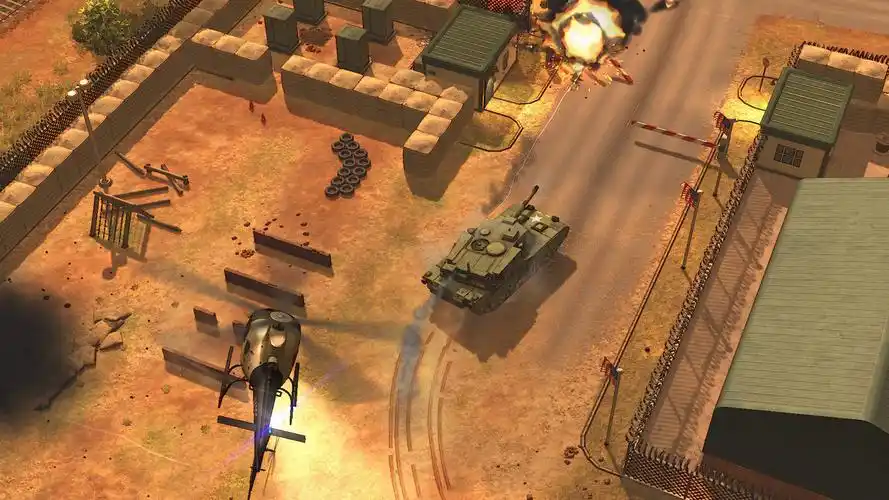Title: A Shock to the System: How the 'Place Missions' DLC Transforms Defibrillator Sign Installer Simulator VR
In the ever-expanding universe of virtual reality simulations, where players can pilot starships, build empires, or battle zombies, one title has carved out a uniquely niche yet profoundly important space: Defibrillator Sign Installer Simulator VR. At its core, the base game is a surprising blend of meticulous planning, spatial awareness, and public safety education, tasking players with the crucial job of ensuring life-saving Automated External Defibrillators (AEDs) are visible and accessible. Now, with the release of its ambitious ‘Place Missions’ DLC, the experience evolves from a straightforward installation simulator into a deep, strategic, and emotionally resonant campaign to save lives before they are even at risk.

The genius of the ‘Place Missions’ DLC lies in its fundamental shift in gameplay. The base game excelled at the how: teaching players the correct height, angle, lighting, and international standards for mounting an AED sign. It was a satisfying puzzle of compliance and precision. The DLC, however, introduces the vastly more complex where, why, and when. Players are no longer simply following a work order; they are now AED Placement Consultants, tasked with surveying entire environments—from sprawling international airports and bustling shopping malls to dense corporate campuses and multi-level university libraries—and designing a comprehensive AED placement strategy from the ground up.
This new role is facilitated by a suite of professional-grade tools added to the player's virtual tablet. The most significant is the Heatmap Overlay. This feature visualizes foot traffic density, peak occupancy times, and historical incident data (anonymized, of course). Suddenly, a wide-open airport concourse is no longer just an empty space; it’s a dynamic flow of humanity. The heatmap reveals critical choke points near security checks, quiet but high-risk areas like restrooms, and the long, low-traffic corridors between gates. The player’s mission is to interpret this data, balancing ideal placement—visible within a 1.5-minute brisk walk from any point—with practical constraints like building infrastructure and aesthetics.
This transforms the game into a gripping resource-management and logistics puzzle. Each mission comes with a budget and a limited number of AED units and signs. Placing a unit in every possible location is neither feasible nor financially prudent. The player must make difficult, calculated decisions. Is it better to place two units at opposite ends of a long terminal, or cluster three around a central food court where the population density is highest but the coverage might have blind spots? The DLC brilliantly incorporates “What If” scenarios, allowing players to run simulations on their proposed map. A timer counts down as a virtual citizen suffers a cardiac arrest at a random location, testing whether your proposed AED network can facilitate a rescue in time. Failing a simulation is a sobering, powerful moment that underscores the real-world weight of these decisions.
Beyond the numbers and simulations, the ‘Place Missions’ DLC excels at narrative world-building. Each location comes with its own set of characters and challenges. You might need to negotiate with a stubborn mall manager who believes the signs clash with their minimalist décor, convincing them of the importance of visibility over aesthetics. In an office building, you may have to work around the strict protocols of a facilities manager, finding creative solutions within their rules. These interactions, though simple dialogue trees, add a layer of human drama and bureaucratic realism, emphasizing that the job of a safety professional is as much about communication as it is about technical skill.
The VR medium is the perfect vehicle for this experience. True spatial awareness is everything. Using the motion controllers to physically hold up your tablet, toggle the heatmap view, and then look around the vast virtual space to judge sigh lines is utterly immersive. Crouching down to a child’s eye level to check if a sign is visible from the floor, or stretching to ensure a sign is clear above a crowd, are actions that feel intuitive and authentic in VR but would be abstracted and less impactful on a flat screen. The sense of presence makes the responsibility feel tangible.
Ultimately, the ‘Place Missions’ DLC does more than just add content; it completes the vision of Defibrillator Sign Installer Simulator VR. It elevates the game from a quirky, educational novelty into a serious, thoughtful, and surprisingly tense strategy sim. It teaches players to think like urban planners, risk assessors, and advocates for public health. It’s a game about building invisible, silent networks of safety—networks that everyone hopes will never be used, but whose presence is a testament to a community’s care for its members. The DLC doesn’t just simulate a job; it simulates the profound responsibility of safeguarding human life, making every successfully planned mission feel not like a victory points, but like a genuine contribution to a safer world.
Tags: #DefibrillatorSimulatorVR #VRGaming #SeriousGames #GameReview #DLCReview #PublicSafety #HealthTech #SimulationGames #VirtualReality #AEDTraining #PlaceMissionsDLC #GamingForGood


















